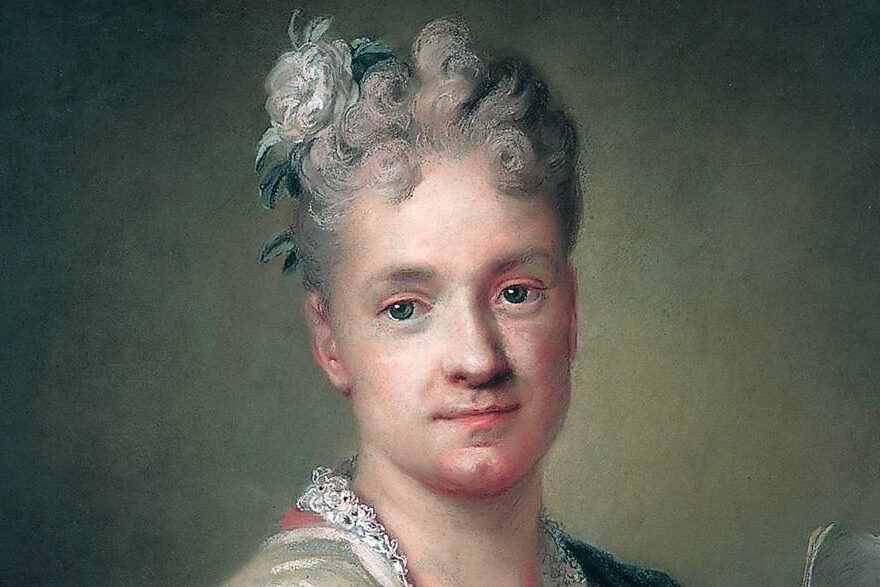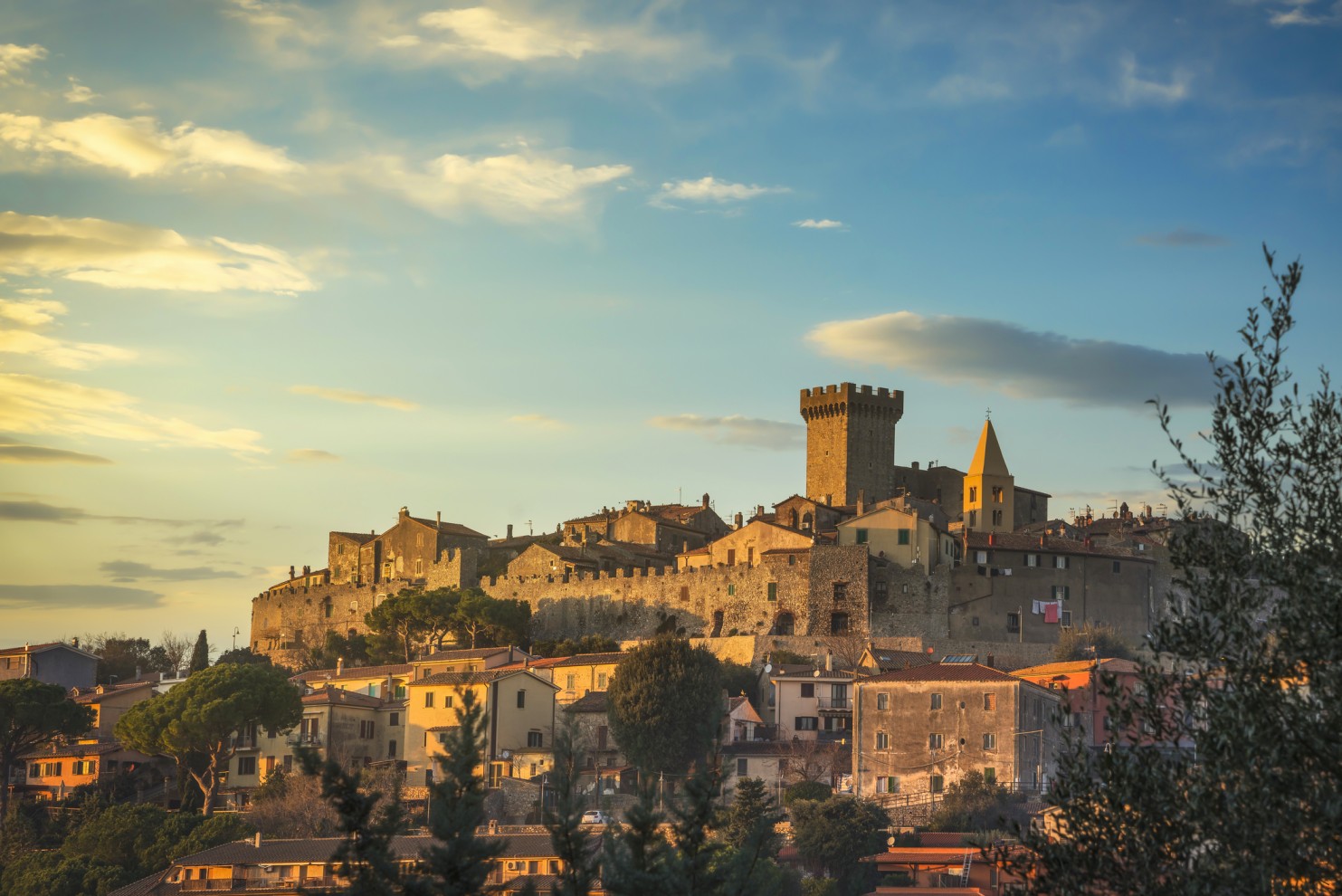Since my Italian-American Italy has long been renowned for its miracles in stone. From Roman amphitheaters and aqueducts to Michelangelo’s David, the people from this mountainous land have produced creations that made history.
The Latins converted the untamed into cultivated spaces, laying claim to new territories. “Urbem latericium invenit, marmorea reliquit”, Emperor Augustus stated proudly, meaning that he found a Rome of bricks and left behind a city marble.
Stone is masterfully integrated into Italian culture, shown to perfection in the pietra d’Istria Orsera that provides 80 percent of the pavement and decor of Venice, including the Ponte dei Sospiri.
But is not only the past that yields wonders of stonework. Today a host of artists, architects and artisans continue to find expression in the native rock.
Fully associated with masterpieces of sculpture and architecture, the Carrara quarries in Tuscany still produce the world’s most sought-after marble. But there are other precious marbles and stone, such as the perlato and rosso of Sicily. The second-most important quarry center in Europe for abundance and variety is the Trapani region, where each type of marble has its own special features.
“In Trapani, we have the perlato and perlatino di Sicilia, but also the rosso di Castellammare that features fossil ammonites from the prehistoric era with the typically ribbed spiral shell,” says Rosario Cusenza, who designs and hand crafts unique artifacts in Valderice, Trapani (www.cusenzamarmi.com).
Precious is the Avorio di Segesta stone from Valderice. “With a rare and beautiful soft cream color, it is extracted from a small local quarry, and with that we make extremely refined floors. Americans and Israelis love the Avorio di Segesta so much,” says Rosario.
He and his father Gaspare also craft the diaspro fiorito, a crystalline silicate of sea origin that was widely used during the Baroque era to clad columns and walls. Still considered among the 10 most expensive quarry stones in the world, “this diaspro was abundantly used by Bernini and Borromini”, says Rosario. “Rome is full of this ‘regina barocca’ (Baroque queen) that we also call ‘la pietra pazza’ (mad stone) because every single block features strong, definite variation in color — it can be dark red, yellow, greenish, etcetera. It is sourced from the Custonaci mountains.”
During the Baroque era “pietra incarnata di Valderice” was also common. “We restored the dead Christ lying in the Trapani cathedral, a beautiful sculpture made with this pietra incarnata,” he says. “The name comes from its pinkish color suitable for rendering human bodies in sculpture. Now this particular stone is extinct.” For his work, Rosario’s father Gaspare Cusenza was awarded the title of Maestro d’arte e mestieri by Presidente della Repubblica Sergio Mattarella.
There is a palpable aura of strength in Gaspare and Rosario’s stone craftsmanship. Each piece has a history, a substance, almost a soul. Inspired by Italian artistic heritage or based on the most contemporary concept, their interior design objects create timeless luxury and beauty. They deliver custom pieces and services, also in liturgical art. “We enjoy working with American clients and U.S. churches,” says Rosario. “Americans have a refined taste and know how to tell the difference.”
Another striking example of contemporary stonework is the Cave Bianche Hotel in Favignana, which has expressed a transformation of landscape that elicits one word from the guest — wow.
There is an interesting backstory behind this smart hotel (www.cavebianchehotel.com). Built inside a former sandstone quarry for white calcarenite, it is owned by an industrial engineer, Livio Gandolfo, who wanted turn the family-run stone production site into a suggestive eco-design hotel that brings harmony, a sense of serenity and peacefulness to guests. The Cave Bianche takes its complete identity from the surrounding landscape. Down in the former quarry, embraced by sheer stone walls, the self-contained complex of architecturally minimalist cube-shaped buildings succeeds at blending with its environment. The Cave Bianche stands as a bold design statement that celebrates the ancient local limestone while generating a warm contemporary atmosphere, a place where light colors contrast dramatically with the well-curated garden and the intense blue of the Sicilian sky.
The full length of Italy’s boot and a magnitude of scale away, Floriana Palmieri is also creating wonders in stone. In her workshop in Sondrio, Lombardy, she elevates a local material known as pietra ollare to produce beautiful, compact artifacts. The gray or greenish stone has been sourced from the Valmalenco since the Renaissance and was widely used to produce cooking pans as well as the first Lombard refrigerator (foragn) due to its great thermal qualities. Floriana’s creations (www. ollare.com) in the local material now find their way around the globe. Her artistry was endorsed by star architect Peter Marino in New York, where the Sondrio sculptor held a successful exhibition.
“I constantly innovate and offer different typologies of objects (statues, lamps, Madonna bas-relief) that vary in price and preciousness,” she says. The award-winning Sondrio sculptor also works with mosaic techniques, creating flooring that produces a magical dance of light and shadow, a myriad colors and texture, and is specialized in funerary art as well.






























